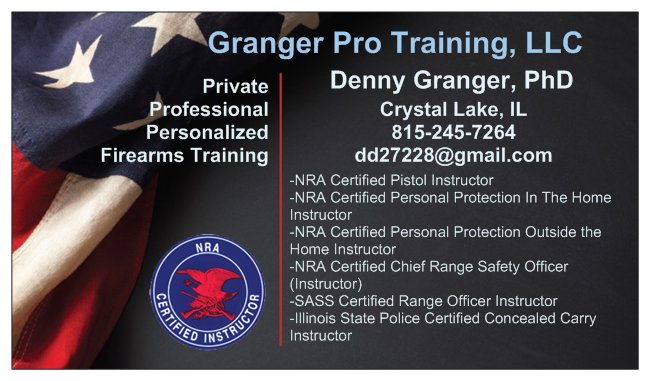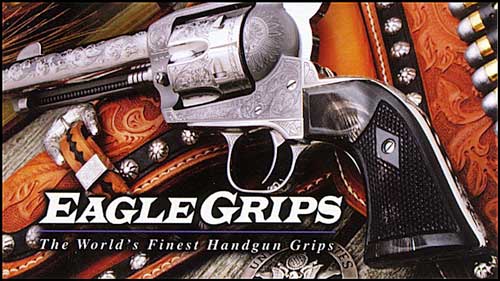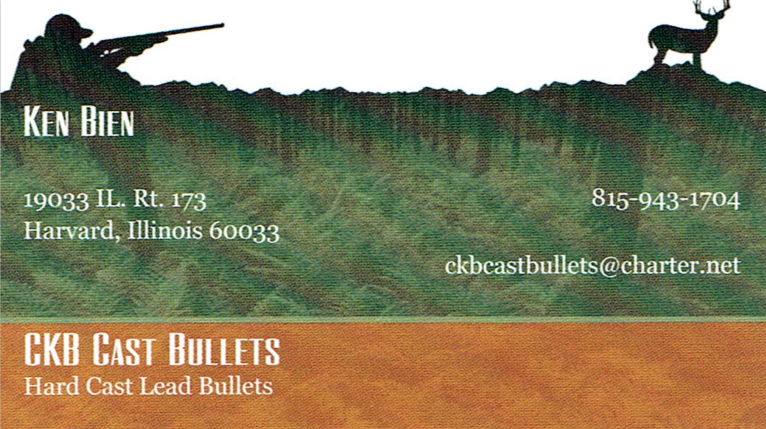Howdy, Stranger!
It looks like you're new here. If you want to get involved, click one of these buttons!
Quick Links


Check out the GGP Sponsors!








Categories


Check out the GGP Sponsors!








That's a wrap! Thanks for a great season. See you all next year!
We should be shooting 2nd Saturday and 4th Sunday again next year.
Final schedule to be finalized in February.
We should be shooting 2nd Saturday and 4th Sunday again next year.
Final schedule to be finalized in February.
Interesting read
<div class="IPBDescription">BP</div>75% saltpeter<br />
15% charcoal<br />
10% sulfur<br />
Once ignited, gunpowder burns at 2138 degrees centigrade.<br />
In the simplest terms, the potassium nitrate reacts with carbon and sulfur to produce potassium sulfide, carbon dioxide gas, and nitrogen gas.<br />
In reality, the reaction also produces other potassium compounds, carbon monoxide and traces of additional chemicals.<br />
The solids make up 56% of the results of the combustion, showing up as smoke and deposits on the inside of the gun barrel.<br />
The carbon dioxide, nitrogen and other gases constitute 44% of the products.<br />
These gases, at normal pressure and temperature, occupy 280 times the volume of the original powder. At the heat of the reaction, they take up fully 3600 times as much space, generating a pressure of more than 20 tons per square inch in a closed vessel.<br />
To get a sense of the scale of the expanding gas, imagine a yardstick representing the solid powder stretching almost instantly to a length of two miles, representing the amount of gas generated.<br />
The key to the reaction is speed. A lump of charcoal, because it is all fuel, actually releases more energy on burning than does an equal amount of gunpowder, only a quarter of which is combustible.<br />
The natural burning of charcoal, though, gives off its heat over a much longer period of time.<br />
Gunpowder converts all its potential energy to hot, expanding gases in a few thousandths of a second.
15% charcoal<br />
10% sulfur<br />
Once ignited, gunpowder burns at 2138 degrees centigrade.<br />
In the simplest terms, the potassium nitrate reacts with carbon and sulfur to produce potassium sulfide, carbon dioxide gas, and nitrogen gas.<br />
In reality, the reaction also produces other potassium compounds, carbon monoxide and traces of additional chemicals.<br />
The solids make up 56% of the results of the combustion, showing up as smoke and deposits on the inside of the gun barrel.<br />
The carbon dioxide, nitrogen and other gases constitute 44% of the products.<br />
These gases, at normal pressure and temperature, occupy 280 times the volume of the original powder. At the heat of the reaction, they take up fully 3600 times as much space, generating a pressure of more than 20 tons per square inch in a closed vessel.<br />
To get a sense of the scale of the expanding gas, imagine a yardstick representing the solid powder stretching almost instantly to a length of two miles, representing the amount of gas generated.<br />
The key to the reaction is speed. A lump of charcoal, because it is all fuel, actually releases more energy on burning than does an equal amount of gunpowder, only a quarter of which is combustible.<br />
The natural burning of charcoal, though, gives off its heat over a much longer period of time.<br />
Gunpowder converts all its potential energy to hot, expanding gases in a few thousandths of a second.










Comments
Grunt
<br />
Made some homemade stuff when I was a kid. Spontaneously ignited while I was mixing it. Never tried it again!<br />
<br />
<img src='http://www.goodguysposse.org/forums/public/style_emoticons/<#EMO_DIR#>/oops.gif' class='bbc_emoticon' alt=':oops:' />